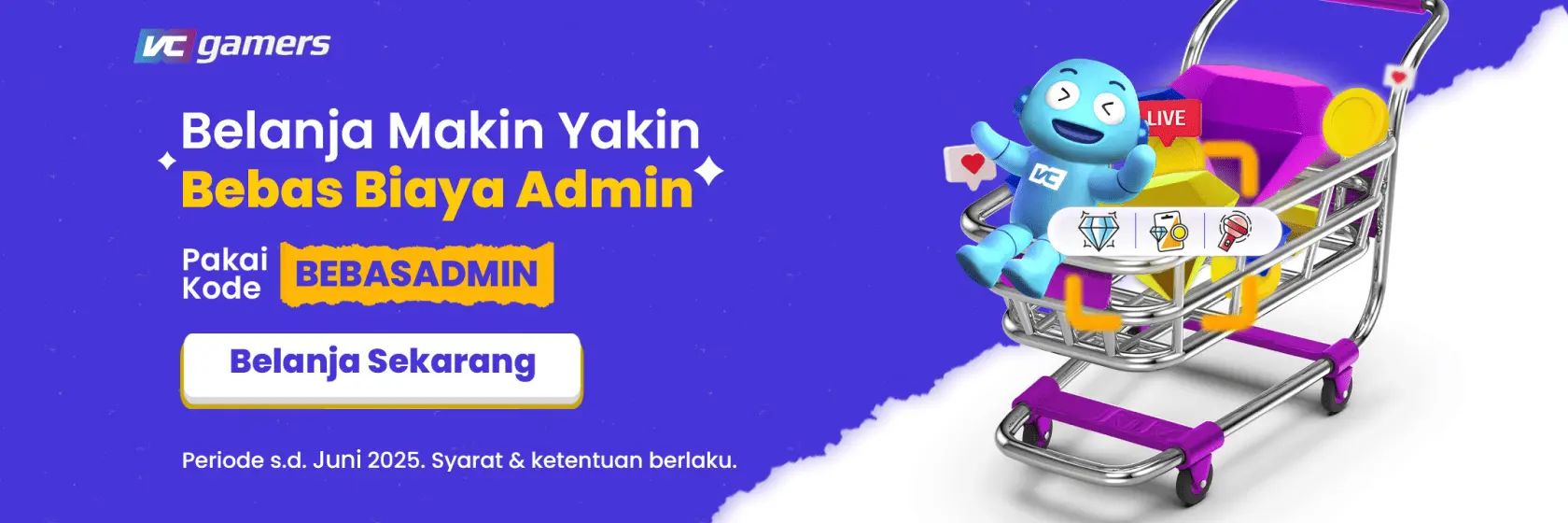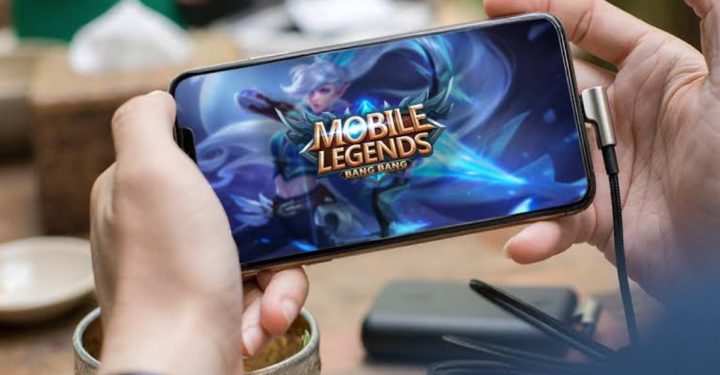Video games have spent decades in the mainstream, and with this progress comes a legacy. The best and most famous games of all time enjoy a certain reputation, influencing future titles, entering the zeitgeist, and becoming legendary even for those who never played them. Given this position, it's only natural that remasters would attempt to recapture some of this magic.
Remasters serve many purposes. They can introduce new players to classics, they can leverage nostalgia to bring older fans back to the games they love most, and for the companies, they can earn serious bank for little effort. This raises some questions about what remasters can and should do to succeed. Should the games be as close to the originals as possible, and what additional content adds to the experience without betraying the spirit or feel of the original?
Elements of Change
Remastered elements in video games can range from the undetectable to the overwhelming. Some might even tick both boxes at once. The Shadow of the Colossus remaster, for example, is extremely accurate to the original while working from a full engine rebuild. In technical terms, it's more like a remake, but the strict adherence to the original game still places it in remaster territory.
Cheapest MLBB Diamonds!


 RudyStorez
RudyStorez

 TopMur
TopMur

 RudyStorez
RudyStorez

 RudyStorez
RudyStorez

 RudyStorez
RudyStorez

 TopMur
TopMur

 BANGJEFF
BANGJEFF

 TopMur
TopMur

 TopMur
TopMur

 KING OF DIAMONDS
KING OF DIAMONDSDark Souls: Remastered is another example of a remaster done right, although the implications of this title are a little disturbing. The original Dark Souls release on PC was locked at an unacceptable 30 FPS, and suffered from poor connection issues. This remaster fixes these issues and even adds better functionality through password matching, higher resolution, and better controller support. It also requires a new purchase to bring the game to the condition it was released in, which isn't that great. Both of these examples enhance the detail of the original game with better quality assets as well, without conflicting with the original experience.
Also read: List and How to Face the 5 Strongest Bosses in Dark Souls 3
Reselling Originals
The other side of this coin is remastering games only on the most basic level. Common examples here like Final Fantasy 8 Remastered on PlayStation 4, 5 and PC illustrate this idea perfectly. This includes options like higher resolutions and game speed adjustments, but some key elements that needed a change haven't been modified. This is most evident in how the upscaling of background images can create a worse-looking experience than the original in some regards. The cost is also more than what some players are happy with for a game over 20 years old with such minimal changes.
Better illustrations of remasters with next to no changes have been captured not in video games, but in the world of online casino software. Many titles were remastered from Flash to HTML5, with more advantages coming from the ecosystem surrounding the games. For example, tracking down and playing slots could be accomplished through a website that offers no deposit free spins. These websites offer strong functionality of their games, allowing players to enjoy more about the titles for less, while the games operationally offer the same experience to the players. Nintendo and Sony have taken similar approaches with some of their online backward compatibility efforts, though these aren't quite as robust as those consistently used by online casinos.
Also read: The Reason Final Fantasy X Was So Popular At Its Time!
Ultimately, there's no one perfect direction in remasters that makes every player happy. Instead, we're left with some efforts from professionals that measure up and some that don't. At least, with gaming coming so far, fan efforts can help measure up where official remasters fail. So, even if your most-loved game doesn't have a great remaster yet, it might in the future.








